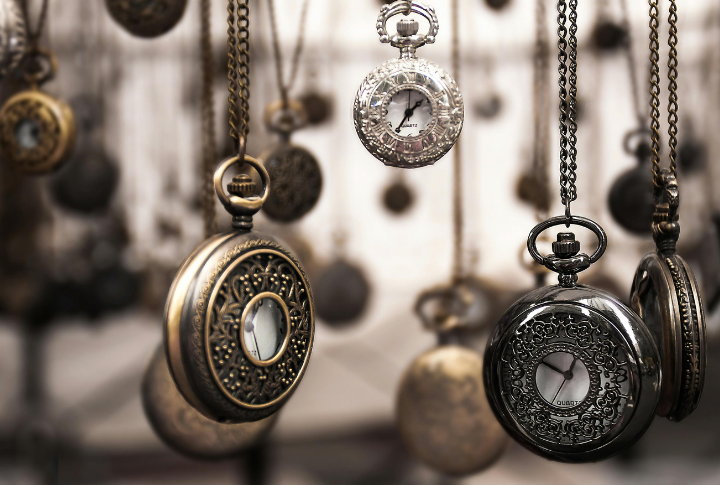
Fashion trends may come and go, but some styles often make memorable comebacks. Over the decades, certain accessories that once defined elegance have fallen out of everyday use, only to be collected by enthusiasts as prized relics of the past. These outdated accessories now fetch impressive sums.
Chatelaine
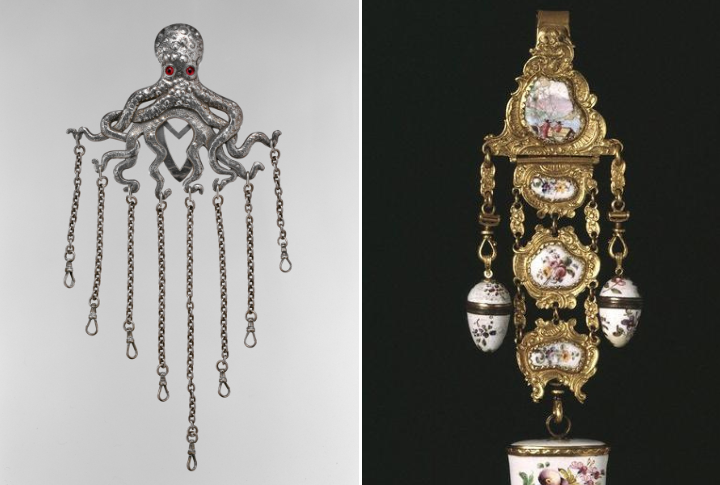
Originating in the 18th century and becoming a Victorian essential, the chatelaine was more than just an accessory—it was a status symbol. It was typically crafted from silver, gold, or brass and featured chains holding small tools like sewing scissors, thimbles, keys, and even tiny perfume bottles.
Cameo Brooches
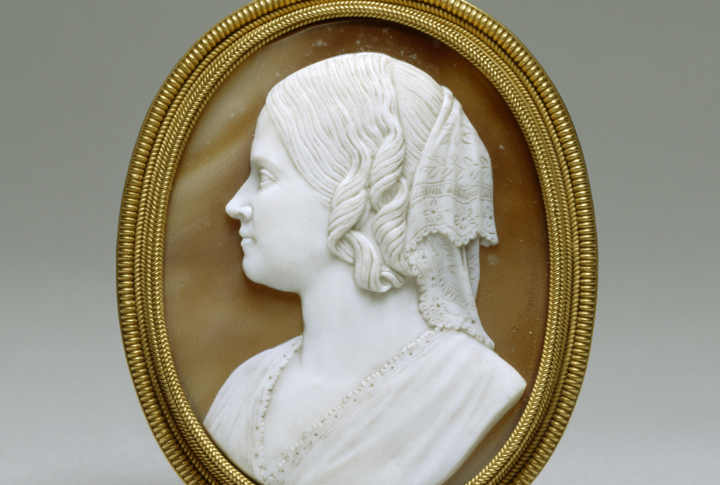
Cameo brooches date back to ancient Greece and Rome but saw a significant resurgence during the Renaissance and Victorian periods. Crafted from shells, coral, or precious stones, these brooches often depicted mythological figures, religious scenes, or portraits. Collectors value the intricacies of their designs and their cultural and historical significance.
Reticules
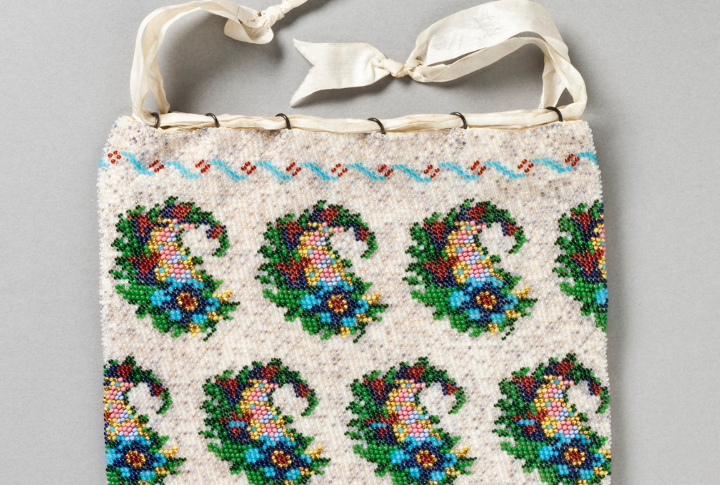
The reticule was an indispensable fashion item for women in the early 19th century. It was decorative and made from luxurious materials like silk, velvet, or intricately beaded fabric. Now highly collectible, reticules are admired for their craftsmanship and insight into women’s evolving societal roles.
Pocket Watches
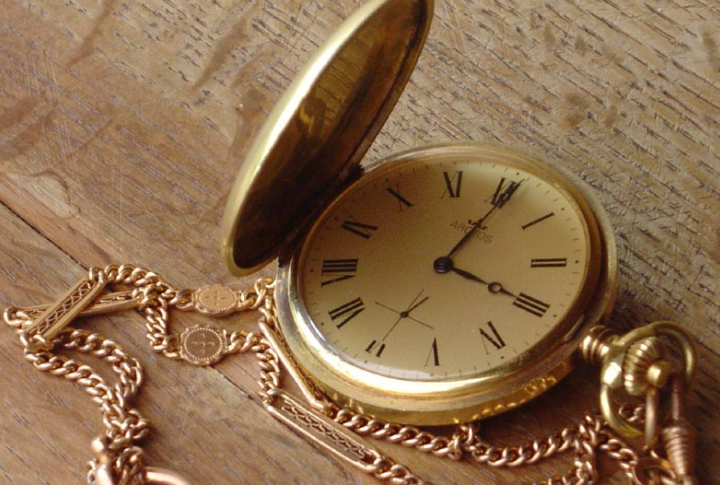
Pocket watches symbolized elegance and sophistication. More than just functional items, they were works of art, often featuring engraved cases, intricate dials, and movements crafted with mechanical precision. A variety of designs are available, including gold hunter-case watches and those with elaborate skeleton movements.
Pillbox Hats

Once a hallmark of mid-20th-century fashion, they were favored for their elegant and structured design. Their popularity soared, especially due to icons like Jackie Kennedy, who famously wore them during her time as First Lady. Today, these hats have transitioned from everyday accessories to cherished collectibles.
Fobs

These functional ornaments, which used to adorn pocket watch chains, evolved into elaborate charms that could represent anything from family crests to personal achievements. Fobs, made from precious metals, gemstones, or even carved ivory, displayed wealth and social status. Fashion enthusiasts seek out these articles for their intricate detailing and personal stories.
Mourning Jewelry

Mourning jewelry became deeply symbolic during the Victorian era. It became popular after Prince Albert passed in 1861, which led Queen Victoria to wear black for the rest of her life. Made from jet, onyx, or even human hair, these pieces were tangible reminders of lost loved ones.
Lorgnettes
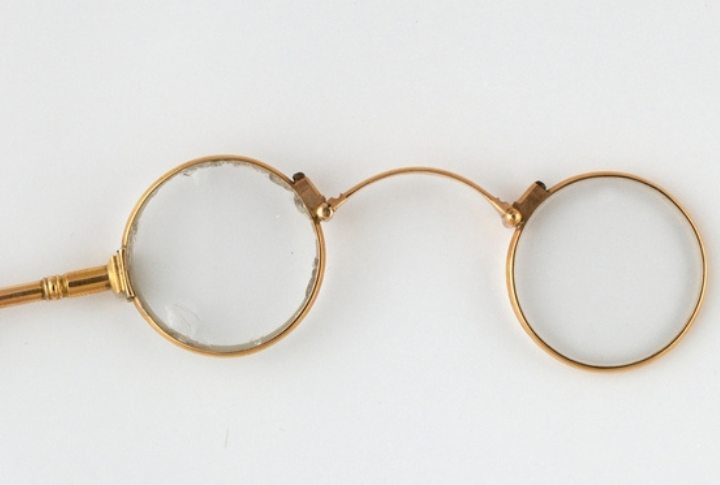
Lorgnettes, or eyeglasses with a handle, were the standard of elegance in the 19th and early 20th centuries. Women of that era used them when attending high-society events like opera performances or balls. These devices combined practicality with artistry, featuring handles made from precious metals or encrusted with jewels.
Vintage Belts

In the ’70s, wide leather belts with chunky brass buckles were all the rage, while the ’80s saw belts cinched tightly over dresses and oversized blazers with bold, metallic accents. Collectors love these pieces for their quality and the unique styles they capture from different eras. Brands like Gucci, Hermès, and Moschino are especially prized for their iconic vintage belts.
Shoe Buckles
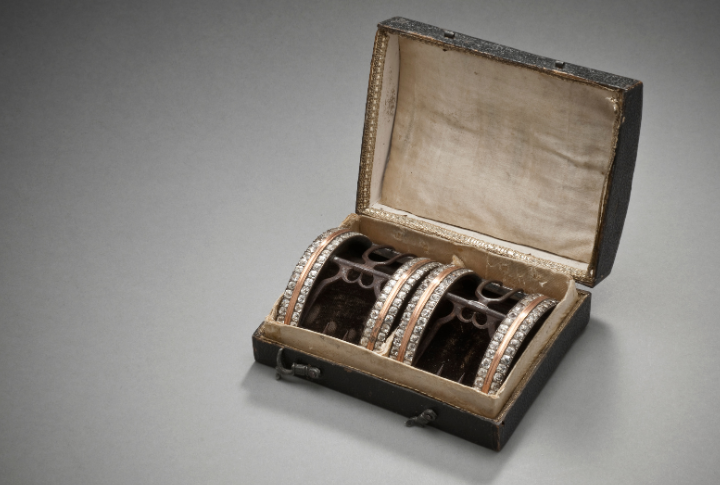
Before the widespread use of laces, ornate shoe buckles were a must-have accessory. Made from materials like silver, brass, or steel and often adorned with intricate designs or jewels, these buckles were both functional and fashionable. Their popularity among collectors today lies in their ability to showcase their wealth and status.
Pince-nez Glasses
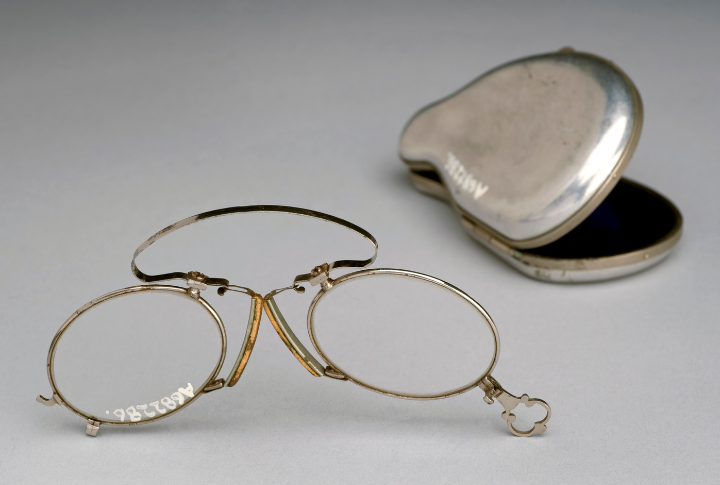
These unique eyeglasses, popular between the 1840s and early 1900s, clipped onto the bridge of the nose without ear support. People associated the accessory with intellectuals or the upper class, and it became a symbol of sophistication and status. They’re now highly sought-after for their distinctive design and historical significance.
Opera Gloves
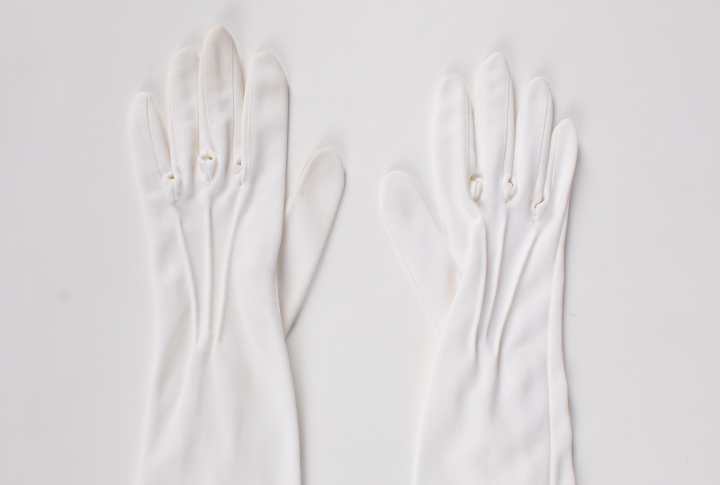
In the 19th and 20th centuries, people wore Opera Gloves to the most prestigious events, opera gloves. As symbols of elegance, status, and etiquette, the glovers were made from satin, silk, or kid leather and were often elbow-length or longer. People today are drawn to opera gloves for their luxurious materials.
Cravat Pins
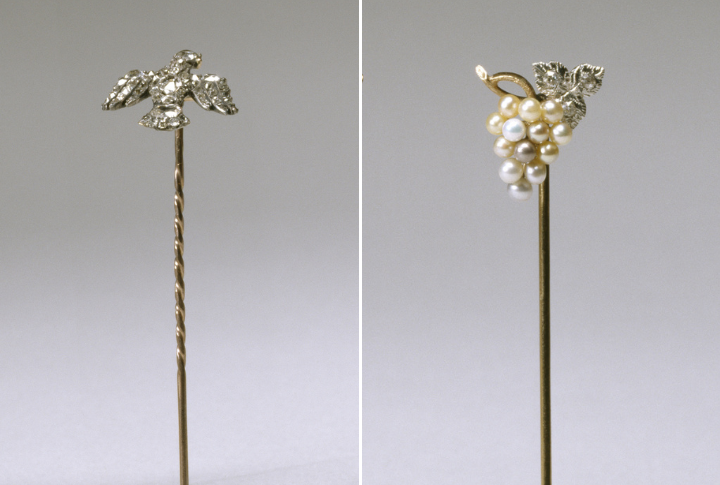
Cravat pins were an essential part of men’s fashion in the 18th and 19th centuries, used to secure and embellish cravats. Although they were made from precious metals and adorned with intricate designs or gemstones, these pins are now collected for their role in the evolution of men’s accessories.
Beaded Purses

They featured elaborate designs made from thousands of tiny glass beads and depict floral motifs, geometric patterns, or Art Deco designs. The incredible skill required to create such intricate patterns and the vibrant, colorful representation of the Roaring Twenties make them highly valuable.
Walking Cane Handles
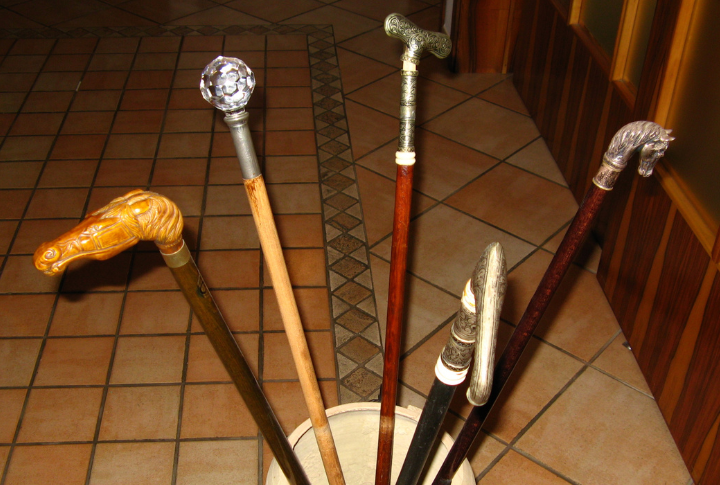
Walking canes were a fashion statement during the 19th and 20th centuries. Their handles were often exquisitely crafted from materials like silver, ivory, or even jade, sometimes featuring animal carvings or intricate designs. Most collectors prize these handles for their decorative value and the craftsmanship insight they provide.
